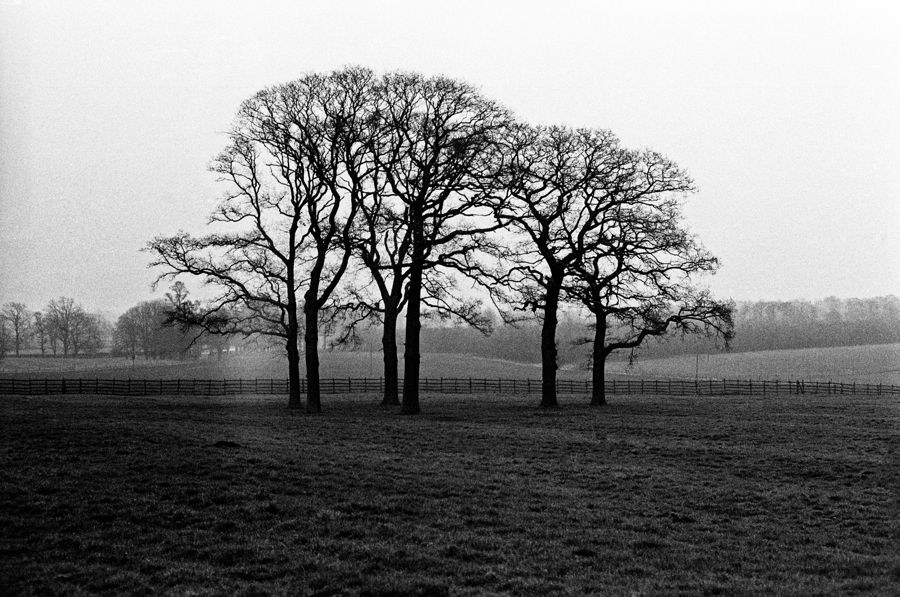Jaans
Well-known
I have been using TRI-X since 1995, about the same time I started photography. I started of using the classic combination of D76 1:1 for about 10 mins. I also used HC-110 Dilution-H for around 11 mins (depending on lighting conditions). However, for the last 10 years, I could never replicate the grain I got with the film that was developed earlier on in my journey, so I consequently started experimenting with Rodinal 1:25 or 1:50.
I started using Rodinal because I came to the conclusion that perhaps Kodak had changed the emulsion and to get decent grain with the newer emulsion, then it may be best to use Rodinal. Of course you can increase the temperature or develop for longer with D76, but then you run the risk of losing your highlights.
So, has any other members had similar experiences? What about people who were using TRI-X in the 60's, 70's or 80's - how was your experience with this film at that time?
So in short, is TRI-X the same beast as earlier times??
I started using Rodinal because I came to the conclusion that perhaps Kodak had changed the emulsion and to get decent grain with the newer emulsion, then it may be best to use Rodinal. Of course you can increase the temperature or develop for longer with D76, but then you run the risk of losing your highlights.
So, has any other members had similar experiences? What about people who were using TRI-X in the 60's, 70's or 80's - how was your experience with this film at that time?
So in short, is TRI-X the same beast as earlier times??







